Ideal Home
Virtual Reality Experience, Meta Quest 3, 2025
Art Director: Ruiqi Zhang, Weitong Sun
Sound Artist: Jared Duesterhaus
Quest XR Technical Support: Gu Lin, Jiaqi Yang, Yufan Yao
Script Co-Writers: Rasim Bayramov, HWIY, Xinyue, Weitong Sun, Ruiqi Zhang, etc.
Editor: Artists-trained AI (GPT-4)
Ideal Home is an extended-reality (XR) narrative project exploring how immigrant experiences and the concept of home are reshaped through emerging technologies. Immigrant writers were invited to co-create a text archive of memory and displacement. A fine-tuned GPT-4 model rewrote it into a unified script, transforming cultural symbols into something unexpected.
By embedding the script into a game engine, the project blurs oral history and generative fiction, offering an alternative mode of engagement. A ghostly AI avatar drifts through layered interfaces, landscapes, and symbols, guiding players through flickering memories and cultural echoes—co-authoring a new language of belonging with machine intelligence.
![]()
![]()
![]()
![]()
![]()
![]()
Virtual Reality Experience, Meta Quest 3, 2025
Art Director: Ruiqi Zhang, Weitong Sun
Sound Artist: Jared Duesterhaus
Quest XR Technical Support: Gu Lin, Jiaqi Yang, Yufan Yao
Script Co-Writers: Rasim Bayramov, HWIY, Xinyue, Weitong Sun, Ruiqi Zhang, etc.
Editor: Artists-trained AI (GPT-4)
Ideal Home is an extended-reality (XR) narrative project exploring how immigrant experiences and the concept of home are reshaped through emerging technologies. Immigrant writers were invited to co-create a text archive of memory and displacement. A fine-tuned GPT-4 model rewrote it into a unified script, transforming cultural symbols into something unexpected.
By embedding the script into a game engine, the project blurs oral history and generative fiction, offering an alternative mode of engagement. A ghostly AI avatar drifts through layered interfaces, landscapes, and symbols, guiding players through flickering memories and cultural echoes—co-authoring a new language of belonging with machine intelligence.






The Graceful Site
优美地高于生活
custom software, live simulation, Mac mini, 2024
by Ruiqi Zhang, Weitong Sun
Sound Artist: Stephen Vitiello
A minimal narrative unit: a surreal story foretells a failed future of automation and artificial intelligence. Set in an abandoned Bitcoin mining factory, the tale unfolds as a group of mining machines evolve into sentient beings and communicate with oracular ravens—traces of the workers who once inhabited the space flicker in the corners. The independent machine creatures exhibit intelligence as they learn to walk, reflect on dignity, and connect with Bitcoin mining data APIs in real time. This absurd path to spirituality is inspired by Karl Sims’ Evolving Virtual Creatures (1994), which explored early AI training as a meta-narrative.
vimeo
![]()
![]()
![]()
![]()
![]()
![]()
优美地高于生活
custom software, live simulation, Mac mini, 2024
by Ruiqi Zhang, Weitong Sun
Sound Artist: Stephen Vitiello
A minimal narrative unit: a surreal story foretells a failed future of automation and artificial intelligence. Set in an abandoned Bitcoin mining factory, the tale unfolds as a group of mining machines evolve into sentient beings and communicate with oracular ravens—traces of the workers who once inhabited the space flicker in the corners. The independent machine creatures exhibit intelligence as they learn to walk, reflect on dignity, and connect with Bitcoin mining data APIs in real time. This absurd path to spirituality is inspired by Karl Sims’ Evolving Virtual Creatures (1994), which explored early AI training as a meta-narrative.
vimeo


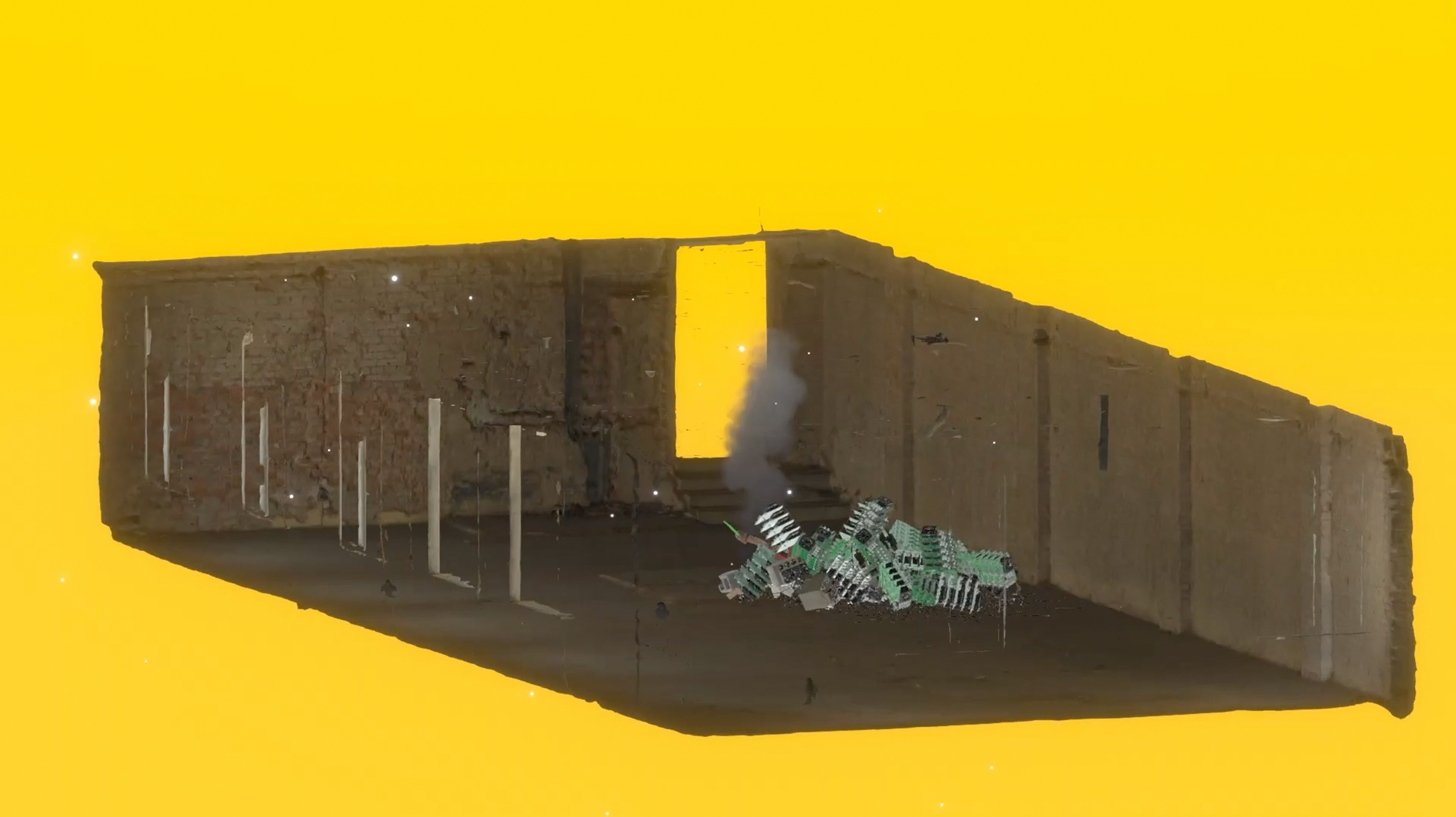
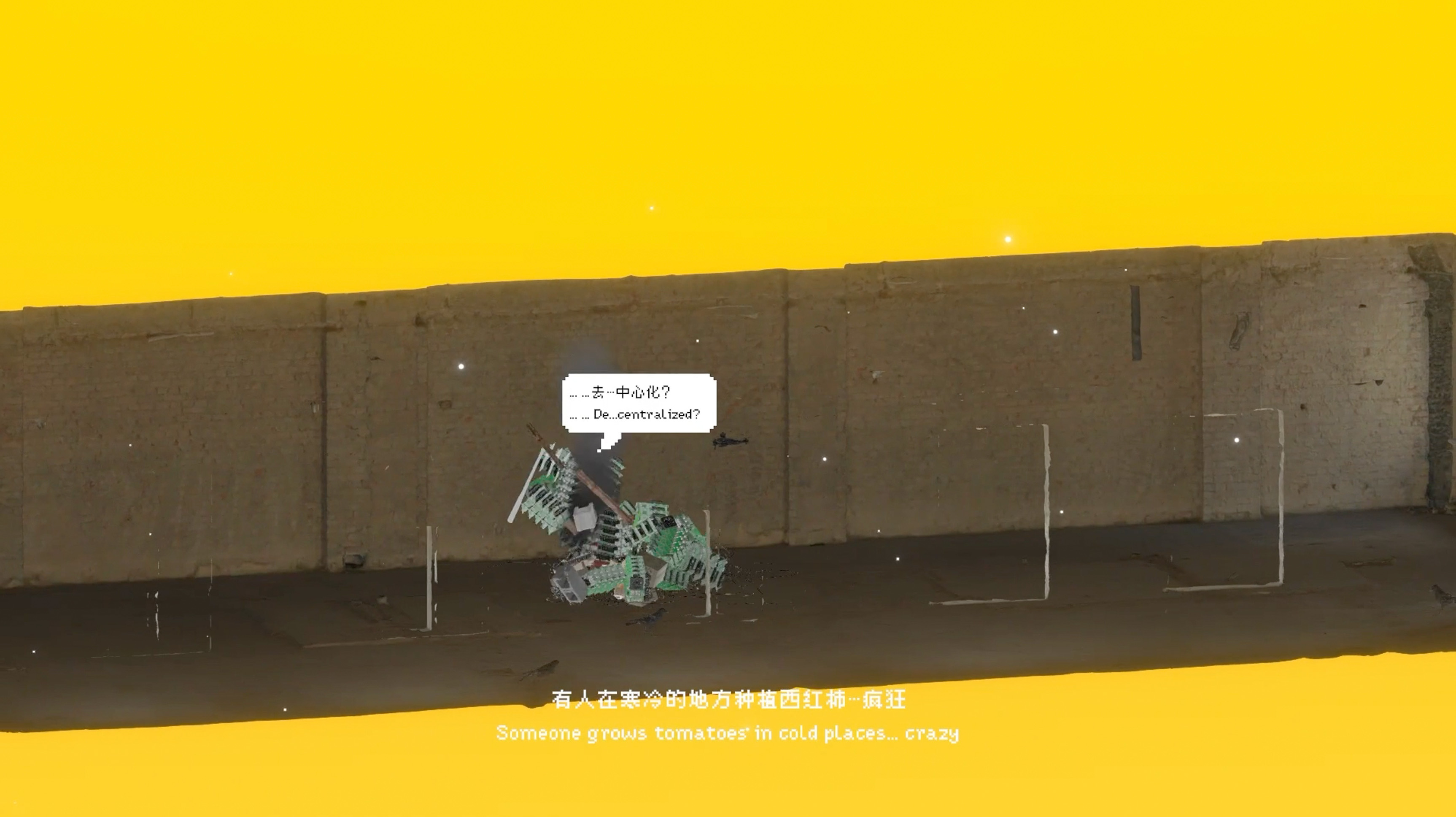

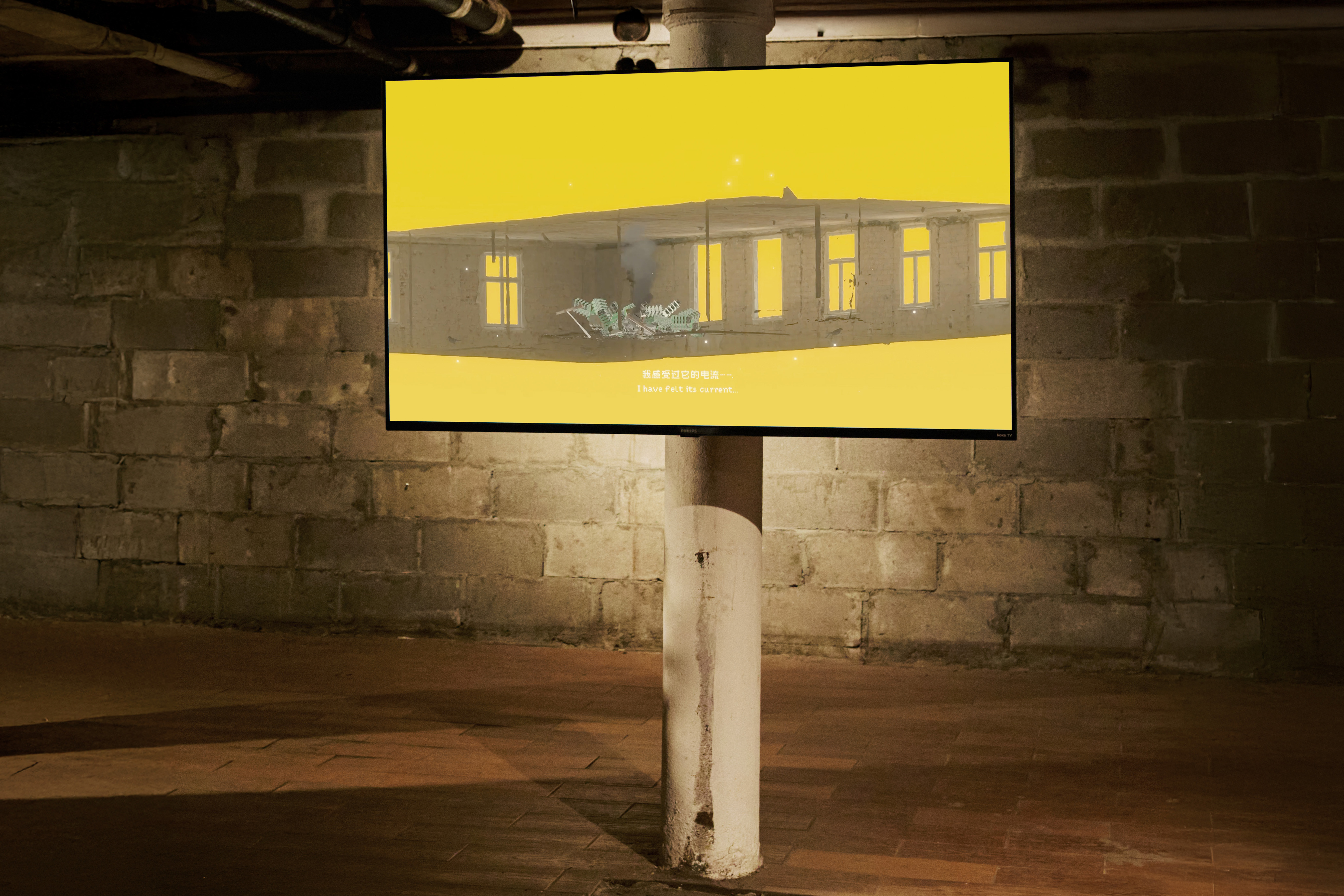
Monument Emitter
3D rendered video, 06:16, 2023
“When they trumpeted the meliorative power of beauty, they were stating the belief in its capacity to shape human thought and behavior” (William H. Wilson, 1989). This quotation is from the book The City Beautiful Movement, which introduced an urban planning movement in the United States from the 1890s to the 1920s. The movement emphasizes the significant influence of civic pride and engagement in shaping civic virtue and social harmony. Richmond is one of the earliest cities to adopt a proposal to build a broad avenue with monuments in the City Beautiful manner.
This work recreates some representative monument bases in 3D software and serves as a prompt to review the entrenched narratives related to monuments and the sanitized community consciousness. As the animation evolves, the empty base models are converted into lawn sprinklers, emitting water droplets that expand the scope of these revered objects. The animation is designed as a desktop screensaver that offers a meditative space to reconsider the historical heritage as catalysts for prompting social justice discourse and engagement.
vimeo
![]()
![]()
![]()
![]()
3D rendered video, 06:16, 2023
“When they trumpeted the meliorative power of beauty, they were stating the belief in its capacity to shape human thought and behavior” (William H. Wilson, 1989). This quotation is from the book The City Beautiful Movement, which introduced an urban planning movement in the United States from the 1890s to the 1920s. The movement emphasizes the significant influence of civic pride and engagement in shaping civic virtue and social harmony. Richmond is one of the earliest cities to adopt a proposal to build a broad avenue with monuments in the City Beautiful manner.
This work recreates some representative monument bases in 3D software and serves as a prompt to review the entrenched narratives related to monuments and the sanitized community consciousness. As the animation evolves, the empty base models are converted into lawn sprinklers, emitting water droplets that expand the scope of these revered objects. The animation is designed as a desktop screensaver that offers a meditative space to reconsider the historical heritage as catalysts for prompting social justice discourse and engagement.
vimeo

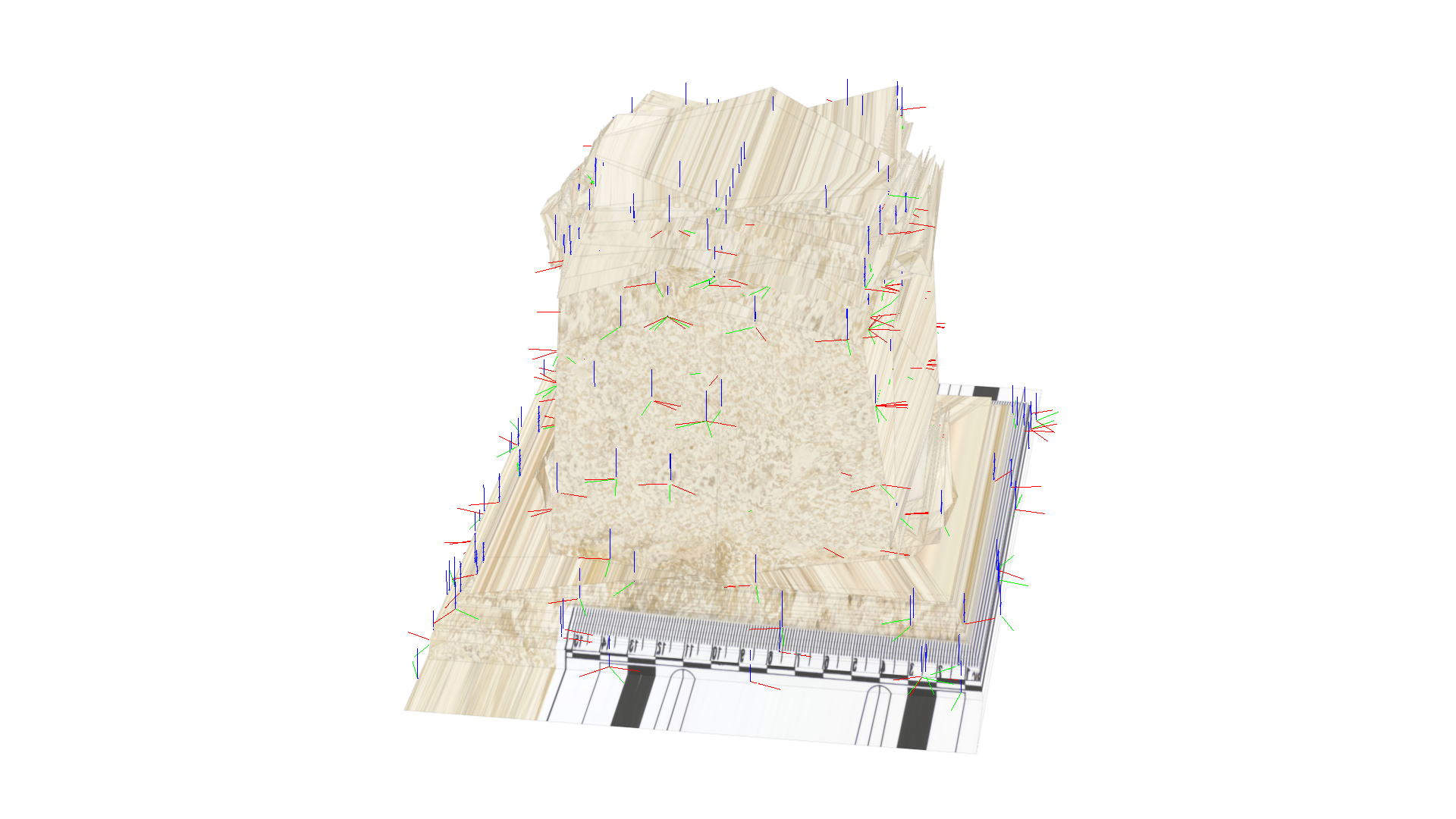

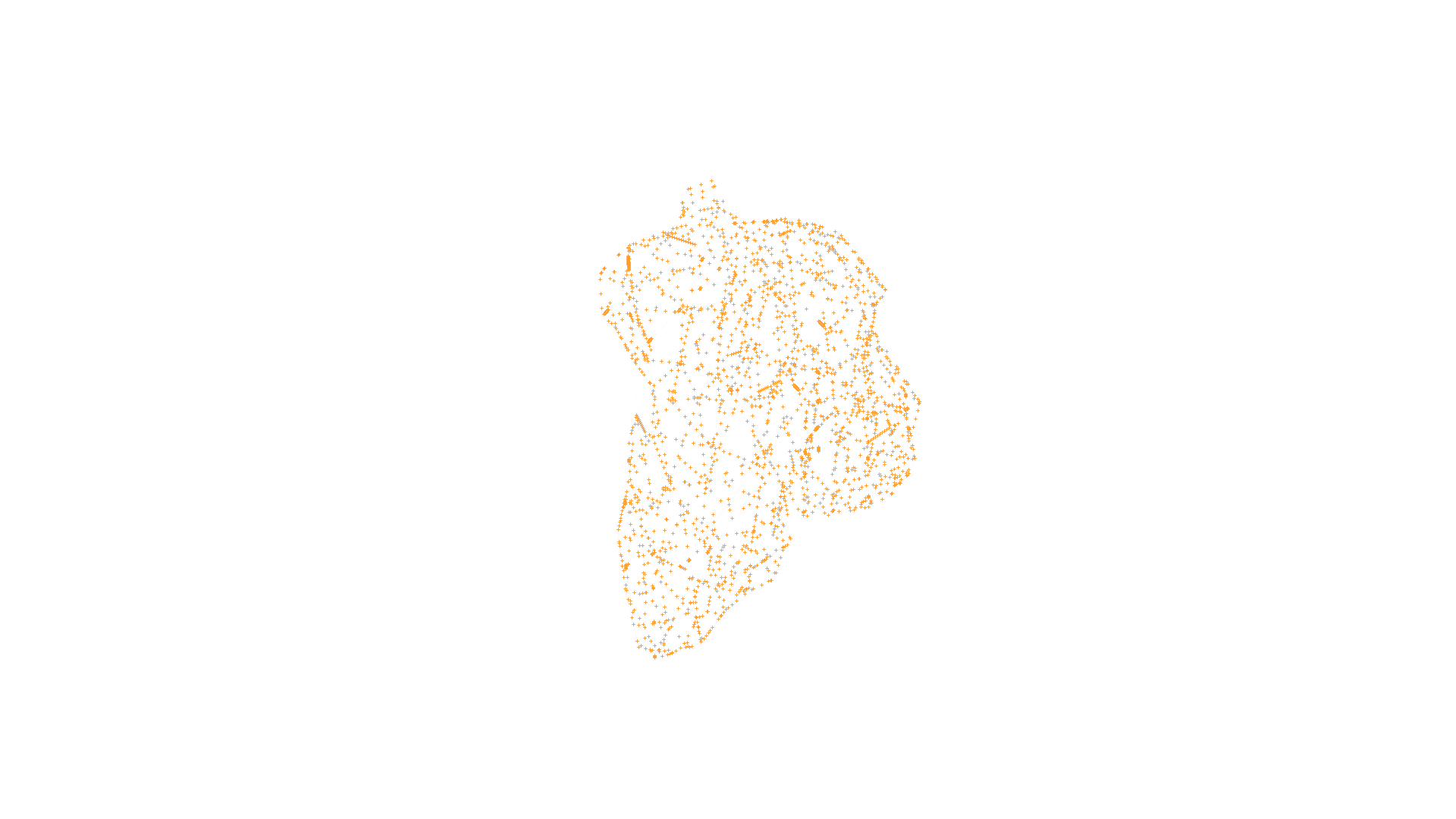
The Burning Tower
4k video, 17:32, 2022
The Burning Tower (2022) is a desktop film that offers a concise review of the advancements in 5G communication technology and the evolution of the Internet. It delves into the intricate relationship between conspiracy theories, rumors, and network infrastructure. The film is structured into four interconnected segments, each continuously striving to rationalize the seemingly irrational act of burning a cell tower.
The inspiration for the storyline was drawn from real-world news, attempting to envision a plausible scenario behind the burning of a 5G cell tower. The film follows the perspectives of a virtual 3D male and the narration of a female anchor. It explores the inner connections between the pioneering hypertext project, the 5G protocol, and the pathways of submarine optical cables.
vimeo
![]()
![]()
![]()
![]()
![]()
![]()
![]()
![]()
![]()
4k video, 17:32, 2022
The Burning Tower (2022) is a desktop film that offers a concise review of the advancements in 5G communication technology and the evolution of the Internet. It delves into the intricate relationship between conspiracy theories, rumors, and network infrastructure. The film is structured into four interconnected segments, each continuously striving to rationalize the seemingly irrational act of burning a cell tower.
The inspiration for the storyline was drawn from real-world news, attempting to envision a plausible scenario behind the burning of a 5G cell tower. The film follows the perspectives of a virtual 3D male and the narration of a female anchor. It explores the inner connections between the pioneering hypertext project, the 5G protocol, and the pathways of submarine optical cables.
vimeo






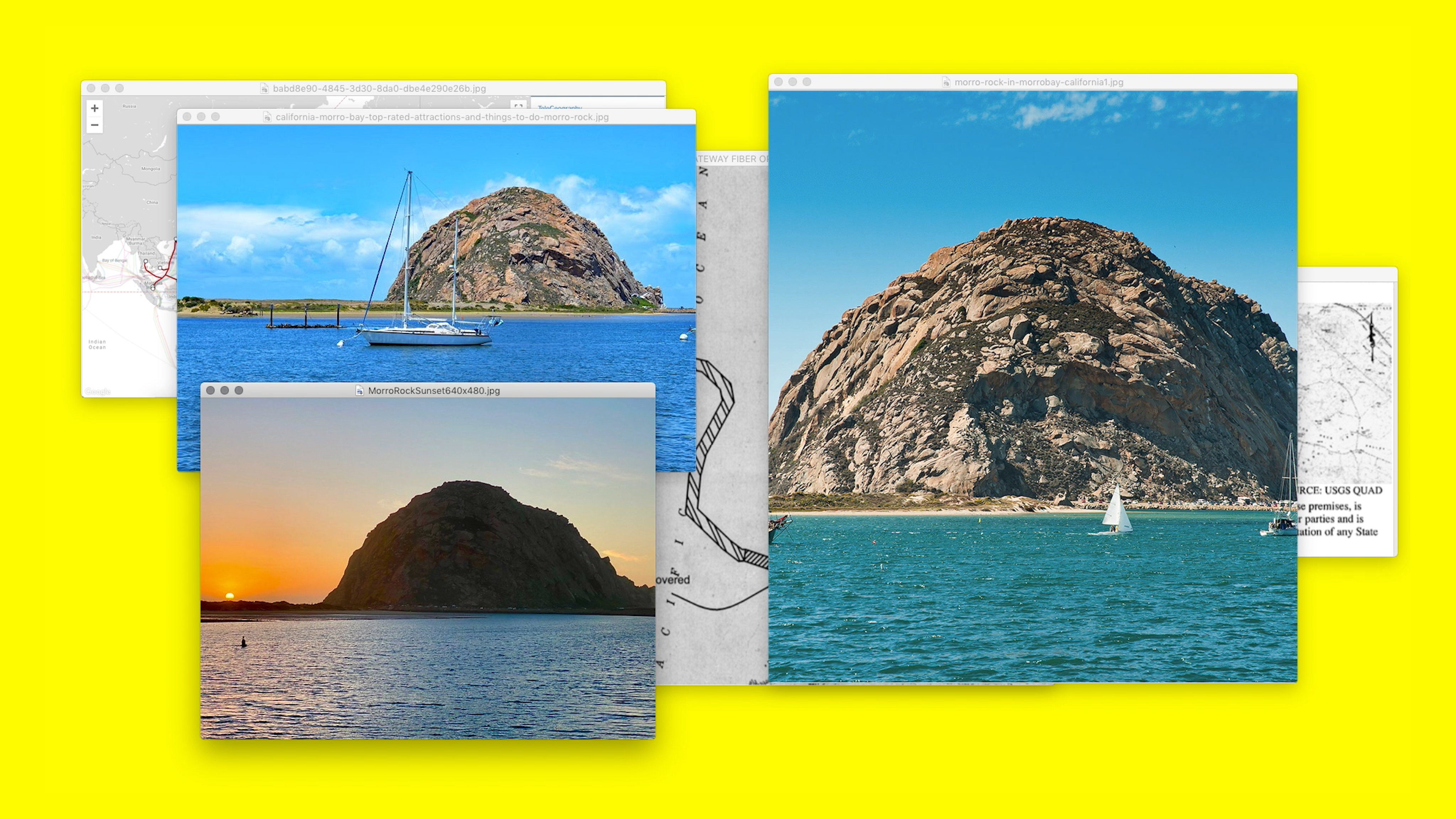

Manifesto: Art Downgrade
single channel video, 04:22, 2019
Manifesto: Art Downgrade is a composite concept that combines art and economics, from the research of image production related to the popularity of low-cost smartphones and the slowdown of economic growth in China. Mass production by China's online rural community and developed network infrastructure have created greater market wealth and contributed to emerging Internet cultures. This work advocates evaluate alternative perspectives and decentralization of urban narrative in contemporary art creation. By splicing green screen materials from the Internet and selfie clips made by mobile phones, the manifesto aims to evoke the creative impulse and imagination of ordinary/minority/vulnerable people, to express their voice by using the integration of open-source media, mobile technology, and daily labor in creation.
vimeo
![]()
![]()
![]()
single channel video, 04:22, 2019
Manifesto: Art Downgrade is a composite concept that combines art and economics, from the research of image production related to the popularity of low-cost smartphones and the slowdown of economic growth in China. Mass production by China's online rural community and developed network infrastructure have created greater market wealth and contributed to emerging Internet cultures. This work advocates evaluate alternative perspectives and decentralization of urban narrative in contemporary art creation. By splicing green screen materials from the Internet and selfie clips made by mobile phones, the manifesto aims to evoke the creative impulse and imagination of ordinary/minority/vulnerable people, to express their voice by using the integration of open-source media, mobile technology, and daily labor in creation.
vimeo


